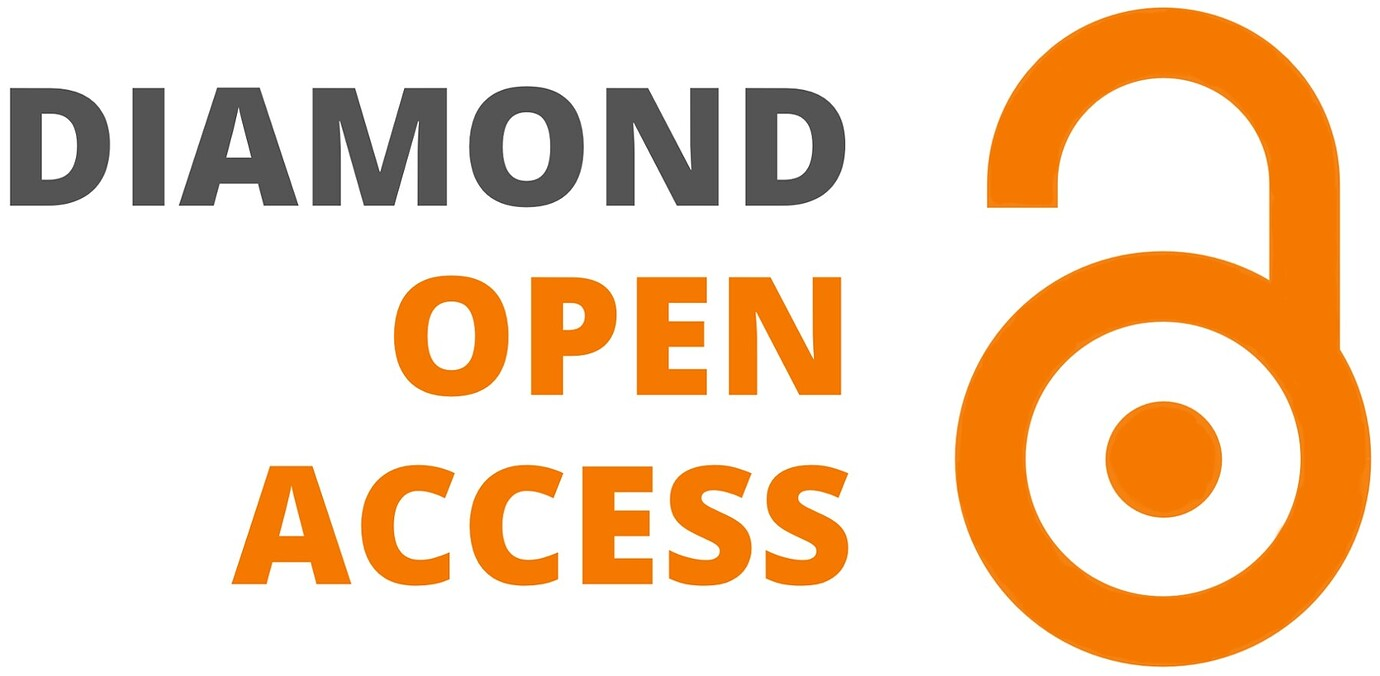Scoring french spoken and written language tests for children : recommendations for speech and language therapists
Keywords:
test, assessment, children, languageAbstract
Speech and language therapy assessment of the child's spoken and written language involves the use of standardized tests that provide quantitative and qualitative indications of patient competence. Three points of caution regarding the comparison of patients’ scores to the standard seem important to consider in order to reduce the margin of measurement error during the evaluation. They correspond to some limits presented by certain tests and concern the following subjects: (1) the adequacy between the type of standard used (in age or grade level) and the language modality assessed (spoken or written language), (2) the adequacy between the extent of the development ranges (in age or grade level) and the rate of progression of the skills assessed in the reference population, (3) the clarity of the presentation of the age ranges in the textbooks or software. A methodological analysis of 54 French-language tests used by practitioners to assess children's spoken and/or written language shows that a non-negligible proportion of these tests have imperfections in these 3 aspects. It therefore seems important that the clinician uses the tests with caution, being aware of their possible limitations. Synoptic tables allow the clinician to identify possible pitfalls and solutions for each of these tests. Practical advice is also provided to overcome these potential pitfalls and optimize the use of tests.




